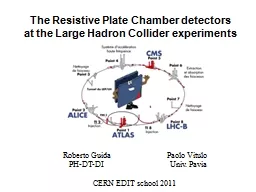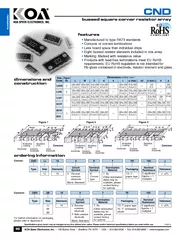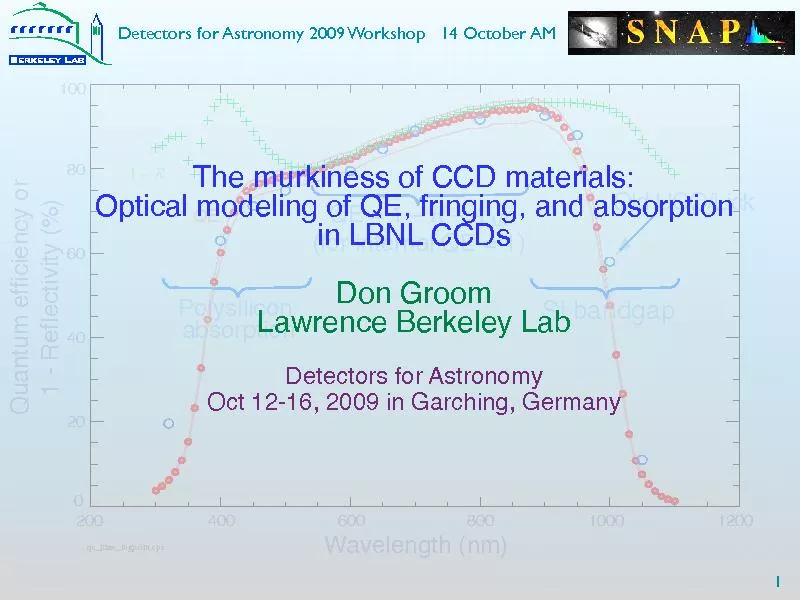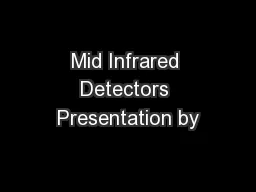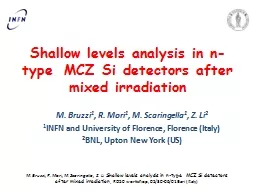PPT-The Resistive Plate Chamber detectors
Author : dudeja | Published Date : 2020-08-07
at the Large Hadron Collider experiments Roberto Guida Paolo Vitulo PHDTDI Univ Pavia CERN EDIT school 2011 1949 Keuffel
Presentation Embed Code
Download Presentation
Download Presentation The PPT/PDF document "The Resistive Plate Chamber detectors" is the property of its rightful owner. Permission is granted to download and print the materials on this website for personal, non-commercial use only, and to display it on your personal computer provided you do not modify the materials and that you retain all copyright notices contained in the materials. By downloading content from our website, you accept the terms of this agreement.
The Resistive Plate Chamber detectors: Transcript
Download Rules Of Document
"The Resistive Plate Chamber detectors"The content belongs to its owner. You may download and print it for personal use, without modification, and keep all copyright notices. By downloading, you agree to these terms.
Related Documents

